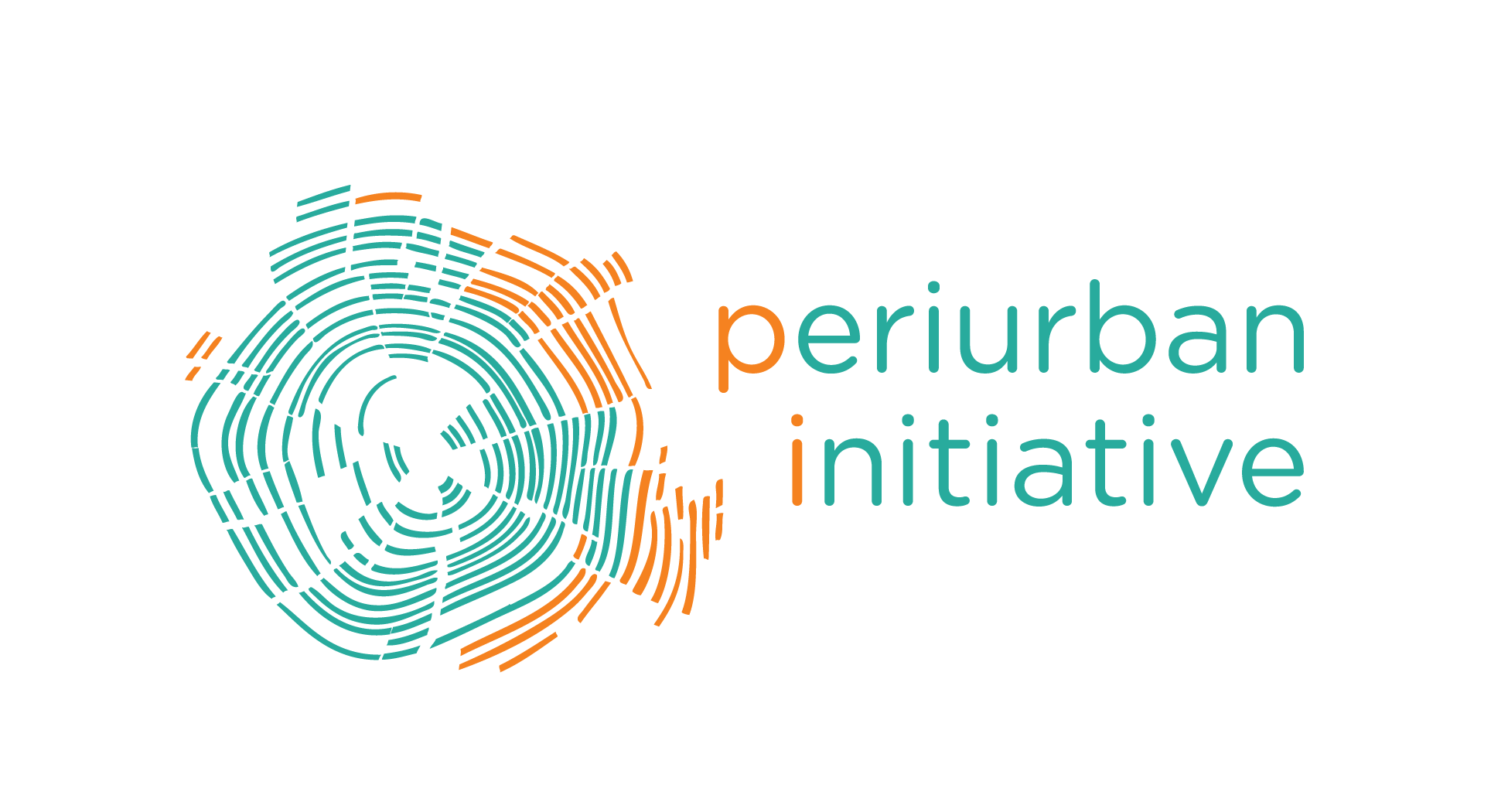Challenges in water and waste: snapshots from Sriperumbudur
Our team decided to work on exploring the water-related practices around Sriperambudur especially in the wake of peri-urban expansion in the region. On our field visits we focused our observations around waste, water and health.
Our questions during the interviews were centered on the sources of water they use for different purposes, sanitation practices andwaste-water management. Our investigation involved a combination of observation, conversation andphotographic documentation.
Observation from the field
Thenpushpakarani Street
Our first set of respondents were from, Thenpushpakarani Street, Sriperambadur. Located near the Ramanujar Temple towards the centre of the town. Walking around the streets one couldimmediately notice that thearchitecture of most buildings appears to resemble traditional vernacular domestic architecture.
Juxtaposed with these old buildings one finds newer more box-like buildings being built often nextto the older buildings. These houses were built around the temple tank which seemed to be theirsource of fresh water. However, speaking to a few residents we discovered that the current generation of residents didn’tuse the water from the temple tank for daily usage but currently caters only to temple and other ritualistic needs.
In the Thenpushpakarani Street, we also interviewed a group of four old men who spoke about the changes that occurred over time with respect to changing landscapes, loss of agriculture as the predominant occupation and reduction in greenery of the place. They also pointed out how the borewells have become deeper, from 80 to 300feet (60 – 90 meters) and the usage of canned water for drinking purposes. We also spoke to an elderly woman, who spoke about an abandonedwell being used as a bin for dumping waste, nowadays.
Speaking to the residents regarding their daily water consumption patterns, we discovered thatthe respondents relied on canned water, paying approx. Rs. 30 per can, mostly, for their drinking and cooking needs as they pointed out that they had little faith in the public water tanks that dotted the areaevery few hundred meters or so.Interestingly, the residents were satisfied with the services offered by the municipality in terms of domestic waste collection. In reality, we did find a lot of waste strewn over several opendrains in the locality.
Thenpushpakarani Street
The settlement of Katchipattu is located to the southern part of the Sriperumbudur behind the Rajiv Gandhi Memorial. We Met with Dinesh, a young local entrepreneur who sells canned water to nearby areas including the factories in the nearby SIPCOT compounds in Irungattukkottai as well as to Sriperumbudur town. Dinesh also happens to be the local youth club’s leader who explained that they use the water which is available from the public works’ tanks that also dotted this village and to them buying canned water for domestic purposesmakes little sense. Dinesh also pointed out that the tank water was mainly from borewell pipes andthat the depth of the borewell is approximate,150 feet (45 meters).
Moving on and speaking to another resident of the village, we asked her how she sourced herdrinking water, to which she replied that while there were several borewells available to them, shepreferred utilizing water from the water tanks in the village as the water from the borewell tastedunpleasant. However, she alsodid not find the need to purchase purified drinking water for domestic use. There are complaints that the tank water was also not good in quality andthat the water tastedsalty? She did point out the need for public services with respect to wastewater managementand sewage. A big problem in this village, according to her, was the missing sanitary and drainage system. There did exist a drainage system, built six years ago but in a dilapidated condition as it lacked last mile connectivity to the houses that were to use it. Instead the untreated municipal sewage is being directly emptied into the local open storm water drains, which are often overflowing and filled with debris.
On visiting a lake nearby, which we’re told, had run dry a long while ago we discovered that the depletion of this freshwater resource is the reason for water scarcity in the settlement. Only after the lake dried up, did people start digging borewells to leverage groundwater resources. The scarcity of water also seems to have driven local farmers out of agriculture; many of them have lost livelihoods or have taken to alternate livelihoods as unskilled/semi-skilled workers in the nearby SIPCOT.
We came across a farmer who was among the miniscule populace in the village that still practices agriculture. He was a subsistence farmer who grew less water-intensive crops like Brinjal, Raddish and groundnut and used home-made manure as fertilizer. The farmer sourced his water from his own borewell, which he used for irrigation and drinking, the depth of which was 200 feet (60 meters) and cost him around Rs. 150,000 to build it.
Learnings
It was quite evident from visiting both the spots, that the resident’s relationship with water was conditioned by their socio-economic status. While the residents of the Thenpushpakarani street were able to afford canned drinking water, the residents of Katchipattu couldn’t on a regular basis, assuming that they would use can water if they could afford it. The unavailability of water can also act as determinant for employment opportunities as well as financial mobility.
In terms of ecological indicators to match with the stories we collected, we find that most land which was once cultivable is now barren wasteland infested by species of invasive plants and trees. We find that the community wells across the villages are also dried up along with the localwater reservoirs and channels that fed the agricultural occupation. This is environmental injustice as the people were robbed of their livelihood without any proper compensation.
We believe that next immediate steps towards helping the community recover should begin with identifying the responsible individuals for the problems. It would be ideal to look at the compensation that the Multinational corporations owe the community for their mishandling of the environment. Legal action however could be a long and drawn-out process and the case for water scarcity, however, needs immediate attention and unfortunately, the locals should take the first steps. With this in mind, we believe that the first challenge that emerges in this scenario is the social caste division prevalent in society and how the locals will be willing to work together to adapt and mitigate. Hence we would like to ask - How do we institutionalize the local responsibility movement so that it encompasses a larger section of the polarized community?








